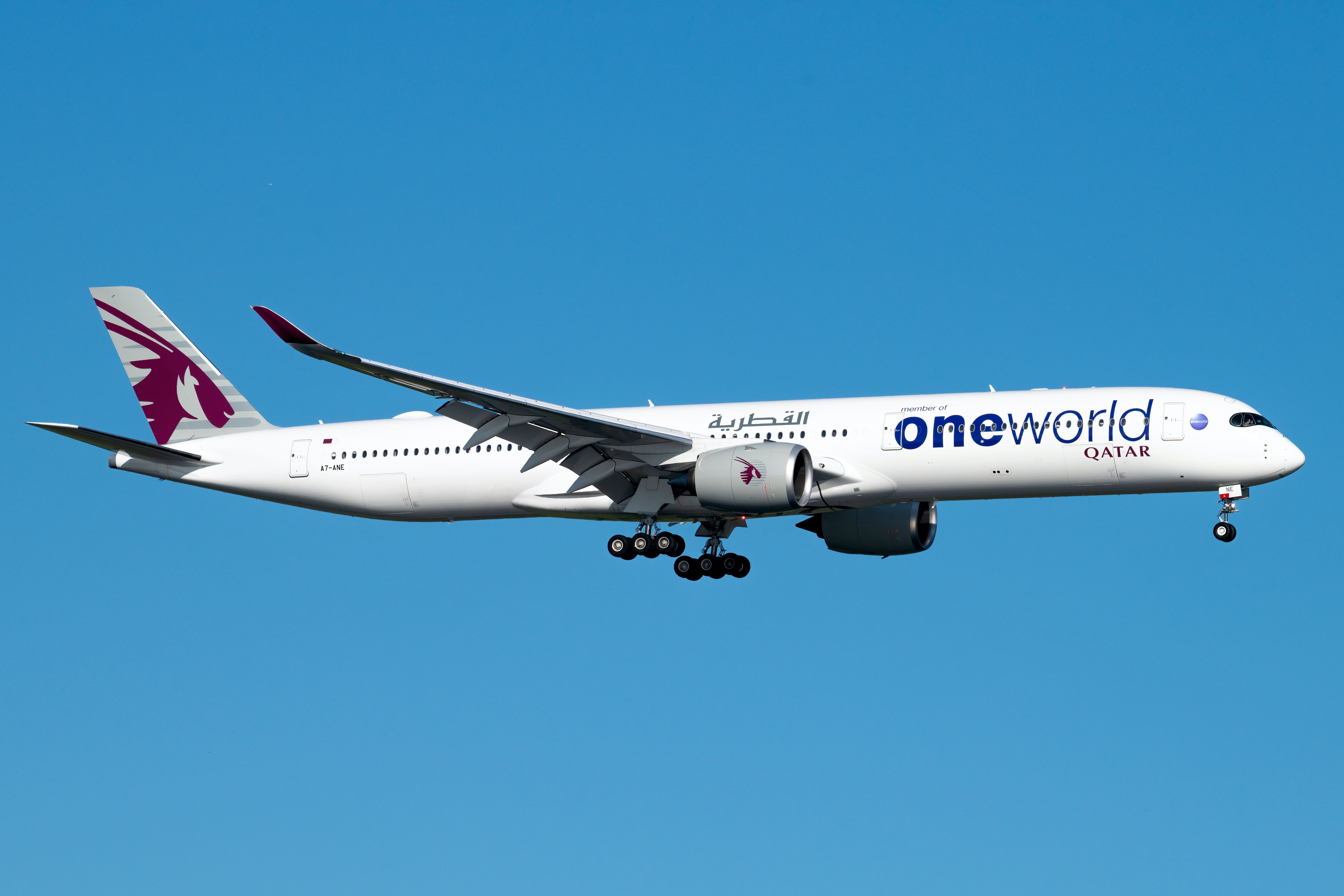Summary
- The world's non-stop flights remain down by 6.1% in September
- The Middle East is the only place to have grown
- Europe and North America are still significantly impacted
The world has just over three million non-stop scheduled flights in September. If that sounds a lot, it is because it is. However, they remain down by 6.1% versus September 2019, equivalent to more than 6,000 fewer services daily.
Where's up and down?
As the following figure shows, almost every continent and region has fewer flights than they did before the pandemic started. The fact Europe and North America, which together account for half of the world's flights, are still so far behind remains troubling.
In distinct contrast is the Middle East, which has 5.6% more flights than before the pandemic, as discussed below. Notice Asia, the largest continent for aviation. While it is still down, non-stop services have virtually recovered – a considerable achievement. The comparison with North America and Europe – the world's second and third-largest areas – could barely be starker.
Why is the Middle East up?
Cirium informs that there are 109,400 flights to, from, and in the Middle East in September, up from 103,558 in 2019. There are about 187 more services daily. Its expansion has mainly been driven by Saudi Arabia (+14.1% more flights) and the UAE (+12.7%), by far the Middle East's two largest aviation markets.
You might expect the region's biggest operators to have played a significant role, but this is a varying picture. Data analysis shows that flights by Saudia (number one in the Middle East by this metric) are down by 16.2%, partly as services switched to its lower-cost unit, flyadeal. Emirates (number three) has 8.1% fewer services than it did.
Stay aware: Sign up for my weekly new routes newsletter.
But...
Services by the second-largest operator, Qatar Airways, have risen by 8.1% versus 2019. However, its passenger route network has only grown from 162 destinations to 164. Recently, I explored Qatar Airways' one-stop flights.
Its expansion has been driven by higher frequencies to particular places (so-called 'densification'). It has also benefited from the return of services to various countries following the end of the blockade, which was in force in 2019. This was particularly important to Saudi Arabia, the UAE, and Egypt.
Growth by multiple other airlines based in or serving the Middle East has been important cumulatively. For example, Fly Baghdad has risen sharply (+236.4%), along with decent expansion by flyadeal (+98.1%), SalamAir (+62.3%), IndiGo (+58.9%), Turkish Airlines (+32.9%), Pegasus (+29.5%), and more. There has also been the entry of Air Arabia Abu Dhabi and Wizz Air Abu Dhabi.
What do you make of it all? Let us know in the comments.
Sources of information: Cirium




